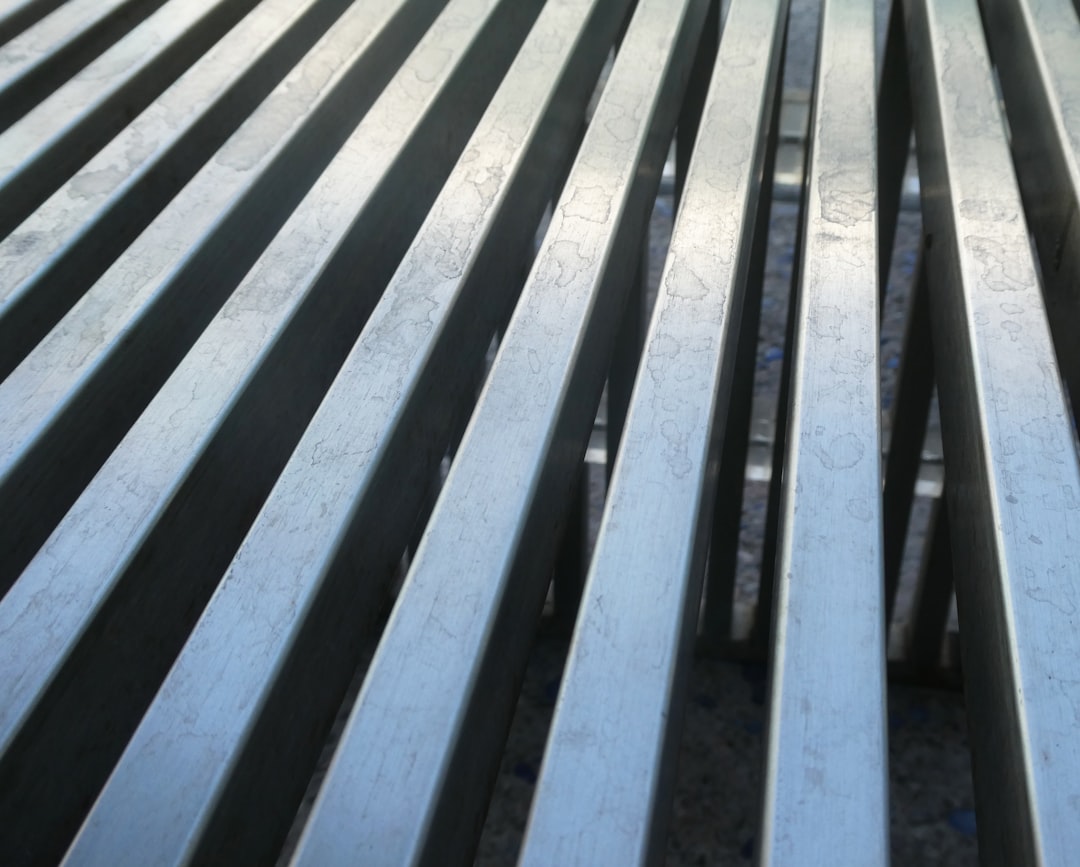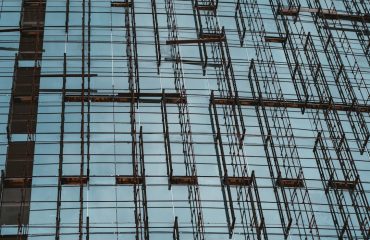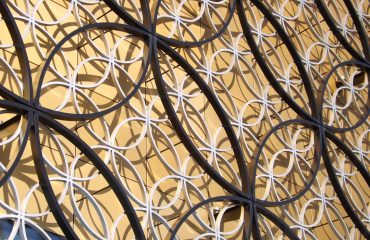Carbon steel has long been the workhorse of the construction, manufacturing, and automotive industries. However, the demand for materials with enhanced properties – higher strength, corrosion resistance, improved weldability, or specific thermal characteristics – has driven the development of a wide range of alternative steel alloys. These advanced materials offer significant advantages in various applications, pushing the boundaries of what’s possible in engineering and design.
1. High-Strength Low-Alloy (HSLA) Steels: A Balance of Strength and Weldability
HSLA steels represent a crucial category of alternative steel alloys. They achieve significantly higher strength than conventional carbon steel through the addition of small amounts of alloying elements such as manganese, silicon, copper, nickel, chromium, molybdenum, niobium, and vanadium. These additions refine the microstructure, enhancing yield strength and tensile strength without compromising weldability – a crucial factor in many applications. The improved strength-to-weight ratio of HSLA steels makes them ideal for applications where weight reduction is critical, such as automotive body panels, pipelines, and railway rolling stock. Furthermore, the enhanced formability of some HSLA grades allows for complex shapes and designs, contributing to cost savings in manufacturing.
2. The Diverse World of Stainless Steels: Corrosion Resistance Redefined
Stainless steels are another dominant class of alternative steel alloys, renowned for their exceptional corrosion resistance. This resistance stems primarily from the presence of chromium, which forms a passive chromium oxide layer on the steel’s surface, protecting it from oxidation and environmental degradation. However, the world of stainless steel is far from homogenous. Different grades offer varying properties, catering to specific needs. Austenitic stainless steels (like 304 and 316) are known for their excellent ductility and corrosion resistance in various environments. Ferritic stainless steels offer higher strength and better resistance to stress corrosion cracking. Martensitic stainless steels are heat-treatable, achieving high hardness and strength. Duplex stainless steels, a combination of austenitic and ferritic phases, offer a unique blend of high strength, corrosion resistance, and weldability. The choice of stainless steel grade depends heavily on the intended application and the corrosive environment.
3. Tool Steels: The Backbone of Precision Manufacturing
Tool steels are high-carbon, alloyed steels designed to withstand the extreme stresses and temperatures encountered during machining operations. They possess exceptional hardness, wear resistance, and toughness, making them essential for cutting tools, dies, molds, and other tooling applications. Different alloying elements impart specific properties. Tungsten, molybdenum, and vanadium enhance hardness and wear resistance, while chromium improves corrosion resistance. High-speed steels (HSS) are a specific type of tool steel designed to withstand the high temperatures generated during high-speed machining. The selection of the appropriate tool steel depends on the specific machining operation, the material being machined, and the desired tool life.
4. Maraging Steels: Exceptional Strength at Elevated Temperatures
Maraging steels are a unique class of iron-nickel-based alloys known for their exceptionally high strength and toughness. They achieve these properties through a martensitic transformation during aging heat treatments. The absence of significant carbon content allows for excellent weldability and machinability in the annealed state, followed by the development of exceptional strength and toughness after aging. Maraging steels find applications in aerospace components, pressure vessels, and high-strength fasteners where extreme strength and toughness are paramount. Their ability to retain their strength at elevated temperatures also makes them suitable for demanding high-temperature applications.
5. Exploring Other Advanced Steel Alloys: Expanding the Possibilities
Beyond the major categories discussed above, a plethora of other advanced steel alloys cater to niche applications requiring highly specialized properties. These include:
- Weathering steels (Corten steels): These steels develop a protective rust layer, reducing the need for painting and maintenance.
- Silicon steels: Used in electrical applications due to their high magnetic permeability.
- Spring steels: Designed for their high elasticity and resistance to fatigue.
- Bearing steels: Exhibit high hardness, wear resistance, and fatigue strength.
- Nickel-chromium-molybdenum steels: Offer excellent corrosion resistance and high strength at elevated temperatures.
The continuous development and refinement of these and other steel alloys are pushing the boundaries of material science and engineering, enabling the creation of lighter, stronger, and more durable structures and components.
The selection of the optimal steel alloy requires careful consideration of the specific application requirements, including strength, toughness, corrosion resistance, weldability, machinability, cost, and environmental impact. Understanding the diverse range of available alternatives allows engineers and designers to make informed decisions, leading to innovative solutions and advancements across numerous industries.
SEO Tags:
- Alternative Steel Alloys
- High-Strength Low-Alloy Steel
- Stainless Steel Grades
- Tool Steel Selection
- Advanced Steel Alloys




